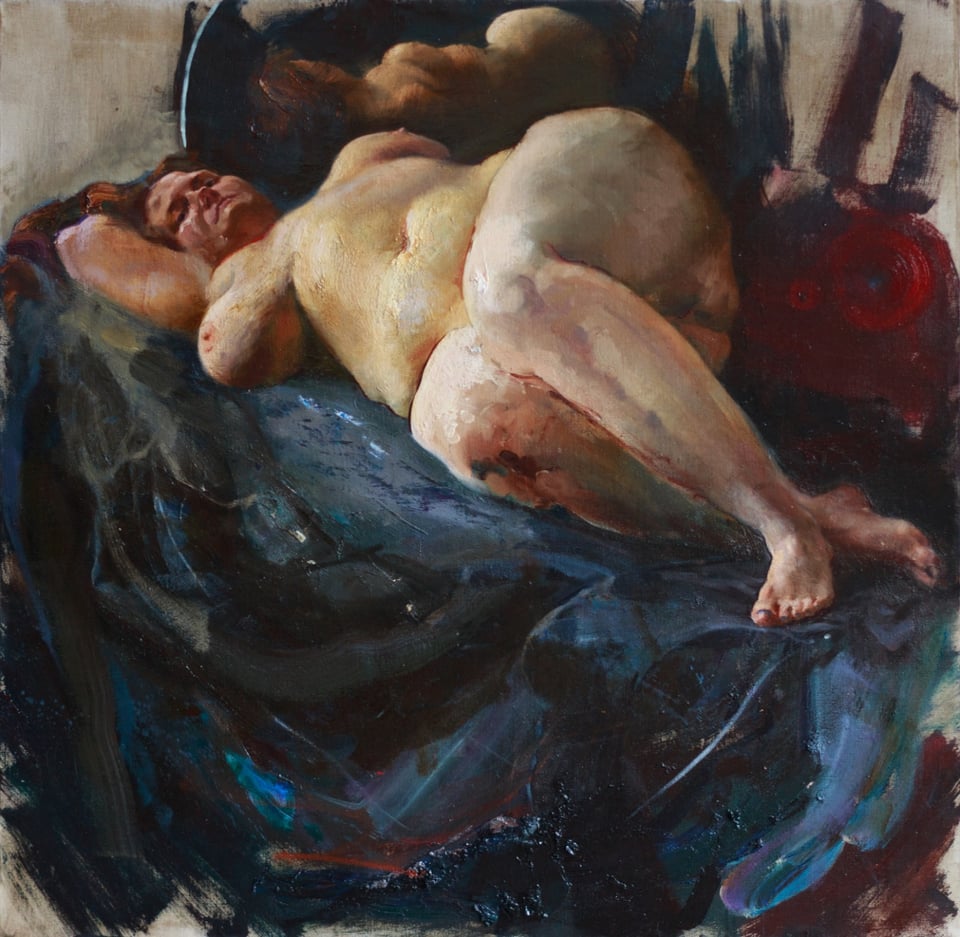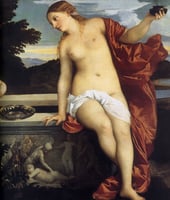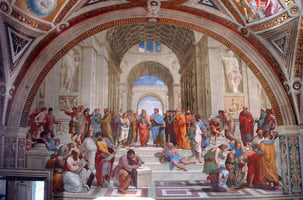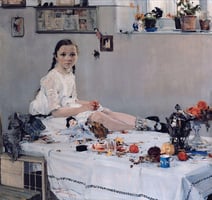Titian (c. 1488/1490 – 27 August 1576) was an Italian painter of the High Renaissance who lived in...
Russian Art's Academic Legacy

Explore the profound influence of academic methods on Russian art and its enduring impact on the global art scene.
The Foundations of Russian Academic Art
The inception of Russian Academic Art is rooted in the establishment of the Imperial Academy of Arts in St. Petersburg in the 18th century. This institution became the cradle of Russian fine arts, embracing and disseminating the principles of neoclassicism and the high standards of European academic instruction.
As the academy flourished, it laid the groundwork for a new wave of Russian artists who were rigorously trained in drawing, painting, and sculpture. The curriculum was designed to produce artists capable of creating works that reflected the state's ideology and the cultural aspirations of the Russian elite.
Exploring the Pioneers of Russian Academic Techniques
The pioneers of Russian Academic Art played a pivotal role in shaping its unique characteristics. Artists such as Ivan Shishkin and Ivan Kramskoi were instrumental in refining academic techniques, focusing on realism and the meticulous depiction of nature and human subjects.
Their commitment to precision and formality in artistic expression set the standards for generations to come. Their legacy is evident in the detailed landscapes and portraiture that have come to be synonymous with the Russian academic style.
The Evolution of Academic Art in Russia
Over time, Russian Academic Art evolved, reflecting the changing political and social landscapes. The turn of the 20th century saw a shift toward more expressive and emotive works, as seen in the masterpieces of artists like Valentin Serov and Vasily Surikov.
Despite these changes, the foundational techniques and high standards of academic training remained a constant, ensuring the continuity and integrity of the Russian academic tradition.
Russian Academic Art in the Global Context
Russian Academic Art has not existed in isolation; it has been a part of the global dialogue on art. Through international exhibitions and the cross-pollination of ideas, Russian artists have both influenced and been influenced by their counterparts around the world.
This exchange has enriched Russian Academic Art, allowing it to maintain its relevance and prestige on the international stage, while also contributing to the broader narrative of art history.
The Modern Legacy of Russian Academic Art Methods
Today, the methods and techniques of Russian Academic Art continue to resonate in contemporary practice. Art schools and ateliers around the world still teach principles derived from this rich tradition, emphasizing skills that have stood the test of time.
Moreover, the aesthetic values and the pursuit of excellence that characterized Russian Academic Art remain influential, inspiring a new generation of artists who seek to blend traditional techniques with modern perspectives.




